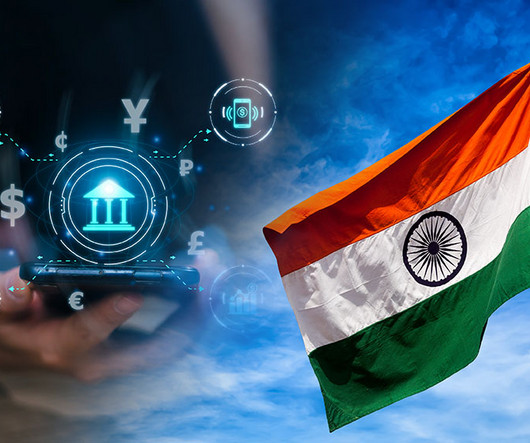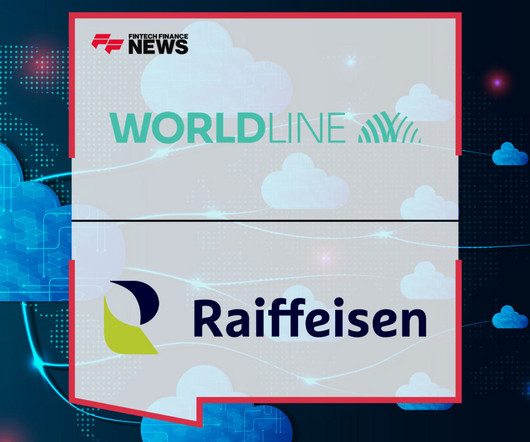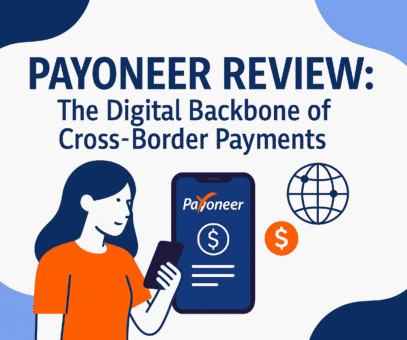Visa, FIS boost value-added card services
Payments Dive
JUNE 30, 2025
Justin Sullivan via Getty Images Dive Brief: Visa and Fidelity National Information Services (FIS) have expanded their partnership to provide new value-added services to financial institutions in a bid to level the playing field for smaller regional and community banks competing with bigger banks, the payment giants said Thursday in a press release.












Let's personalize your content